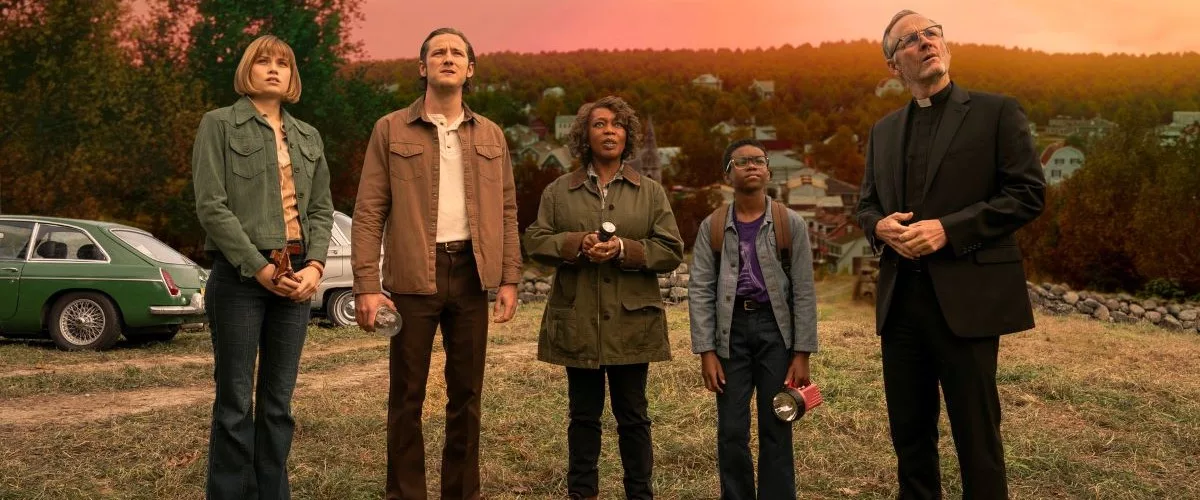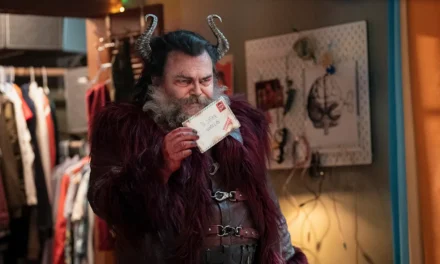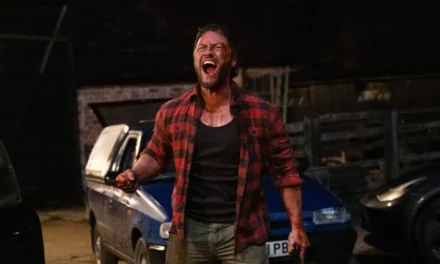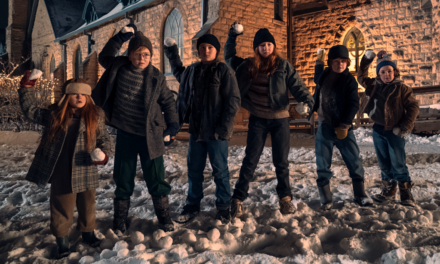Director: Gary Dauberman
Writer: Gary Dauberman (Screenplay), based on the novel by Stephen King
Cast: Lewis Pullman, Makenzie Leigh, Bill Camp, Alfre Woodard, Spencer Treat Clark
Plot Synopsis
In the eerie, fog-shrouded town of Jerusalem’s Lot, known to locals as Salem’s Lot, evil lurks in the shadows of a seemingly idyllic New England community. The story begins with Ben Mears (Lewis Pullman), a successful writer returning to his childhood hometown to seek inspiration for his next novel. Haunted by traumatic childhood memories, Ben finds himself drawn to the ominous Marsten House, an abandoned mansion overlooking the town.
Soon after Ben’s arrival, strange events begin to unfold. People start disappearing, livestock is found drained of blood, and a pervasive sense of dread settles over the town. Ben, along with schoolteacher Susan Norton (Makenzie Leigh), Dr. Jimmy Cody (Spencer Treat Clark), and local antiques dealer Mark Petrie (Bill Camp), discovers that an ancient vampire, Kurt Barlow (portrayed with chilling menace by an unnamed actor), has taken residence in the Marsten House.
As the town succumbs to the vampire’s influence, Ben and his allies must confront their deepest fears to save Salem’s Lot. Their battle against Barlow’s growing army of the undead builds to a heart-pounding climax that underscores themes of courage, community, and the enduring fight between good and evil.
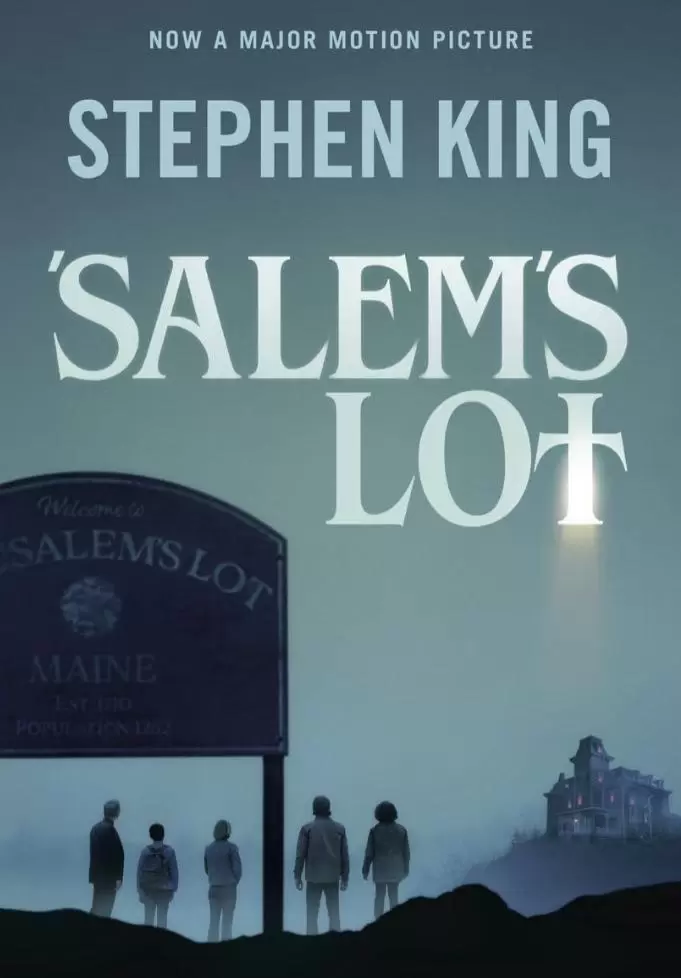
Review
Stephen King’s Salem’s Lot has long been a cornerstone of horror literature, and its adaptation history reflects its enduring appeal. Gary Dauberman’s 2024 rendition brings the story to modern audiences with a fresh yet faithful interpretation that honors the chilling atmosphere of the original novel.
Performances
Lewis Pullman delivers a nuanced portrayal of Ben Mears, balancing the character’s intellectual curiosity with his emotional vulnerability. Makenzie Leigh’s Susan Norton provides a compelling counterpoint, embodying the resilience and compassion needed to anchor the story’s emotional stakes. Bill Camp’s Mark Petrie adds a layer of gravitas, while Alfre Woodard’s turn as the town’s historian brings wisdom and urgency to the narrative.
However, the standout performance belongs to the yet-to-be-revealed actor playing Kurt Barlow. Their interpretation of the vampire master exudes a terrifying mix of charisma and menace, solidifying Barlow as one of King’s most iconic villains.
Direction and Writing
Dauberman, known for his work on The Conjuring series and It, adeptly captures the haunting ambiance of King’s prose. His screenplay tightens the narrative while preserving key elements of the novel, ensuring that fans of the book will find plenty to appreciate. The pacing is deliberate, building suspense through carefully crafted set pieces that culminate in moments of sheer terror.
Visually, the film excels in creating a sense of dread. Cinematographer Michael Burgess uses shadow and light to chilling effect, transforming the quaint New England town into a character in its own right. The Marsten House, with its decrepit façade and looming presence, is a masterclass in production design, serving as the perfect lair for the film’s antagonist.
Themes and Relevance
At its core, Salem’s Lot is a tale of community under siege, a theme that resonates deeply in today’s fractured world. The film explores how fear and complacency can enable evil to thrive, offering a poignant commentary on human nature. Dauberman’s adaptation also emphasizes the power of collective action, illustrating that unity is the ultimate weapon against darkness.
Final Thoughts
While Salem’s Lot (2024) may not reinvent the horror genre, it succeeds in delivering a gripping, atmospheric adaptation of one of Stephen King’s most beloved works. The film strikes a balance between honoring its source material and crafting a standalone cinematic experience, making it a must-watch for horror fans and King enthusiasts alike.

